Students visit the exhibition room " Thanh Hoa revolutionary tradition, period 1858-1945" of the Provincial Museum.
The first communist youth
Following the revolutionary path when he was only in his twenties, at the age of 28, the young man Le Huu Lap met Nguyen Ai Quoc in China and was admitted to the Vietnam Revolutionary Youth Association, then was sent back to the country to propagate revolutionary ideology to youth in the provinces of Thanh Hoa, Thai Binh (now Hung Yen province), Nam Dinh (now Ninh Binh province), Nghe An, Quang Tri... and sent some people to Guangzhou for training.
In early 1927, he led the establishment of the Vietnam Revolutionary Youth Association of Thanh Hoa province and elected the provisional Provincial Executive Committee. At this time, Le Huu Lap was appointed as the provisional Provincial Secretary. One year later, at the Conference of delegates of the Vietnam Revolutionary Youth Association of Thanh Hoa province, an official Provincial Executive Committee with 7 members was elected, with comrade Le Huu Lap as the Provincial Secretary. At the end of 1928, he was transferred to the Central Region to take up a new job.
In March 1930, at the Vietnam Revolutionary Youth Association Conference in Udon (Thailand) chaired by Nguyen Ai Quoc, it was decided to transform the Vietnam Revolutionary Youth Association into a communist organization. Due to his active contributions to the establishment of the Communist Party, comrade Le Huu Lap became the first communist party member of Thanh Hoa province.
Visiting the memorial site of comrade Le Huu Lap (Hoa Loc commune), looking at the An Thu that he used in the early days of revolutionary activities, I understood more clearly the reason why he organized the Revolutionary Newspaper Reading Association to impart simple but extremely profound knowledge about current events. Listening to the story of the two times Le Huu Lap returned home, not only his family but also the whole village was in chaos when the French searched the whole village and arrested him. Le Huu Lap told his father and brother: If I return this time, I will not dare to return again. If I return, the whole family and the whole clan will suffer. This is the last time I return home. From then on, he disappeared, and only later did his family receive news that he had passed away in Nghe An .
At the age of 37, Le Huu Lap devoted all his passionate youth to the revolutionary cause of the Party. The activities and dedication of comrade Le Huu Lap contributed to writing the brilliant opening pages in the glorious history of revolutionary struggle of the Party Committee and the People of Thanh Hoa.
Where the bell tower echoes
Going back in history, from 1930 to 1945, before the August Revolution, the whole country was plunged into poverty, the oppression and exploitation of colonialism and feudalism reached its peak. Many small-scale struggles of the people took place. In that context, communist party cells were born one after another.
On October 10, 1930, at the bell tower of Tran pagoda, Ngo Xa commune, the representative of the Central Region Party Committee went to Ha Trung with local comrades to organize a conference to establish the Ha Trung communist party cell. This was one of the first 6 Party cells in Thanh Hoa province established in 1930.
In the context of secret operations, hardships and shortages, always being watched and strictly controlled by the enemy, printing and distributing revolutionary leaflets required extremely careful preparation and calculation. In just a short time, the Ha Trung communist party members had arranged enough tools, paper and ink, and a safe place to print leaflets.
After printing, the leaflets were secretly hidden at the house of comrade Dao Van Ty in Tran village, Ngo Xa commune (now Ha Trung commune). At Trau garden, the Party cell held a meeting to discuss a plan to carefully and safely distribute the leaflets to ensure victory.
Due to time and war, Tran Pagoda has become a ruin. The ancient monumental architectural works such as pagoda, ancestral house, ancient trees, Buddha statues, lakes, wells... are all in the memories of the people. However, the bell tower is still there with sounds reminding people of a heroic and resilient period, a period when, thanks to the communist party, people understood that there must be struggle and sacrifice to have a day of freedom and happiness.
Revolutionary village
In Thanh Hoa, every village, every inch of land bears the revolutionary footprints. Although not directly involved in the revolution, each citizen is a soldier, a fortress, ready to protect the Party's achievements.
Phong Coc village in the 1930s was plunged into poverty but the revolutionary spirit was burning. In early July 1930, under the influence of the Nghe Tinh Soviet movement, a number of active and loyal members of the old Tan Viet organization such as comrades Nguyen Xuan Thuy, Nguyen Van Ho and Le Van Thiep, after a period of contact with each other, spontaneously gathered in Phong Coc village to agree on the policy of selecting the most outstanding Tan Viet party members in the localities to switch to communist organization and activities. During the period of 1936-1939, the people here rose up to carry out the movement to fight for democratic rights. The stick - an artifact currently displayed at the Provincial Museum - told the story of Mr. Nguyen Huu Ngoan, a Phong Coc villager, who used it to fight against the Westerners when they came to search the village for revolutionary documents. Or the teapot of Mr. Trinh Xuan Lien, used to hide documents of comrade Nguyen Xuan Thuy in 1936... These images are very ordinary, very rustic, but remind us of the event on September 14, 1936, when the Frenchman Bernardet and a group of soldiers entered Phong Coc village under the pretext of arresting smuggled alcohol and tobacco to search for and discover documents and revolutionary bases there. While they were searching a family's house next to comrade Trinh Xuan Lien's - where the Party's secret documents were kept, some members of the village's Mutual Aid Committee promptly transferred these documents to another safe place, and at the same time sent people to beat drums to alert the masses to come and stop the French soldiers' actions...
It was the solidarity and ingenuity of the Phong Coc villagers that, despite being protected by the rulers, the colonialist Bernard was eventually sentenced to 5 months of suspended imprisonment and expelled from Central Vietnam. That victory made the masses of people more confident in the Party's leadership.
A letter with many messages
Coming to Thanh Hoa Provincial Museum, re-reading President Ho Chi Minh's "Call for General Uprising", we understand more clearly the historical moment of 1945. That was the moment that decided the fate of the nation, "All compatriots, please rise up and use our strength to liberate ourselves" was broadcast everywhere before the August General Uprising, calling on all people to "Forward! Forward! Under the Viet Minh flag, compatriots, courageously move forward".
That call urged the people of the whole country to rise up and carry out a general uprising. The August General Uprising in Thanh Hoa took place quickly and concisely, within just one week and mainly concentrated on two days, August 18 and 19, 1945. “It was a quick uprising to seize power, with little bloodshed and little damage. The great victory of the August Revolution in 1945 had a great contribution from Thanh Hoa - a large, populous province with an important strategic position in the country. It was also a victory of the will and spirit of the entire people to rise up for the goal of national independence!” (Associate Professor, Dr. Nguyen Van Nhat, former Director of the Institute of History - now the Vietnam Academy of Social Sciences). Above all, from then on, the people of Thanh Hoa completely trusted the leadership of the Party, united with the whole country to fight against the two great enemies, French colonialism and American imperialism, to gain independence, freedom and unification of the country.
Each artifact has its own story. They are invisible “witnesses”, helping us understand the past better, connecting the past - present - future. It is not only the story of the activities of revolutionary soldiers but also the story of Thanh Hoa land and people overcoming the long dark night, under the light, under the leadership of the Party, daring to stand up, join the revolution, leading the Vietnamese revolution from one victory to another.
Article and photos: Kieu Huyen
Source: https://baothanhhoa.vn/khi-hien-vat-nbsp-ke-chuyen-lich-su-255358.htm


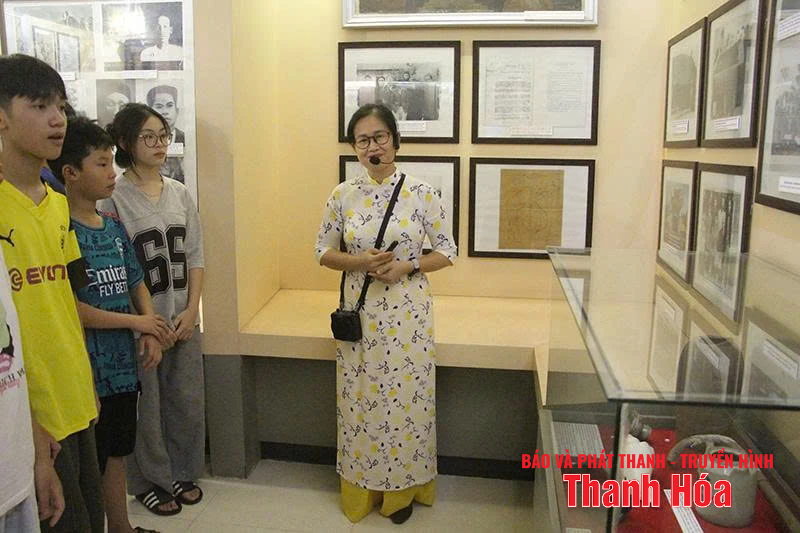
![[Photo] The "scars" of Da Nang's mountains and forests after storms and floods](https://vphoto.vietnam.vn/thumb/1200x675/vietnam/resource/IMAGE/2025/11/13/1762996564834_sl8-jpg.webp)
![[Photo] General Secretary To Lam visits Long Thanh International Airport Project](https://vphoto.vietnam.vn/thumb/1200x675/vietnam/resource/IMAGE/2025/11/13/1763008564398_vna-potal-tong-bi-thu-to-lam-tham-du-an-cang-hang-khong-quoc-te-long-thanh-8404600-1261-jpg.webp)








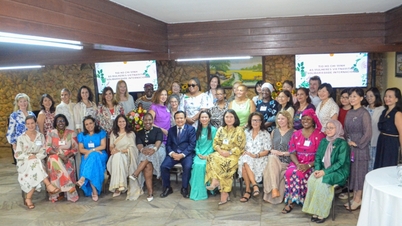
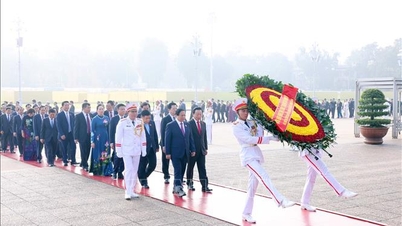

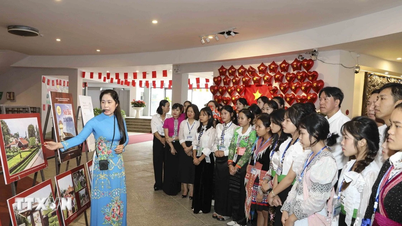


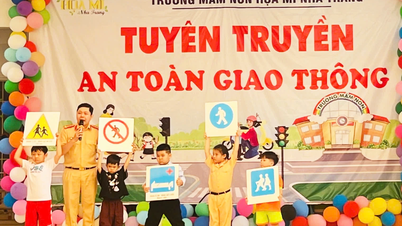

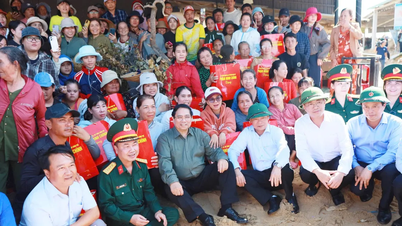

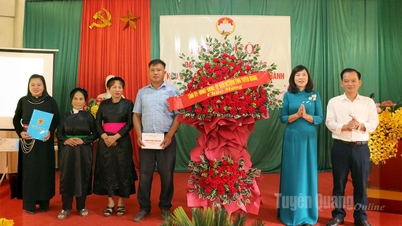

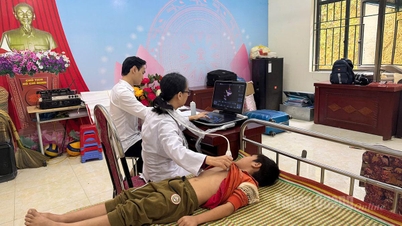
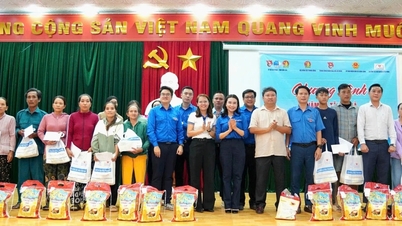

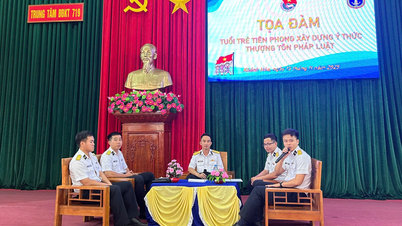




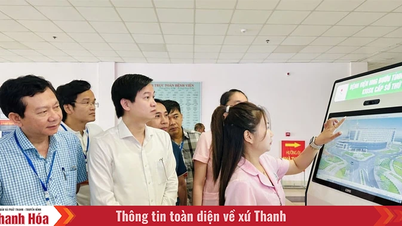

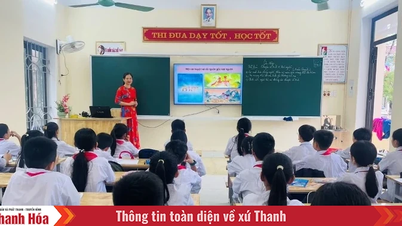

![[Interactive] Details of the list of locations applying the minimum wage from January 1, 2026 in Thanh Hoa](https://vphoto.vietnam.vn/thumb/402x226/vietnam/resource/IMAGE/2025/11/13/1763000165965_interactive-chi-w1200t0-di2545d272d3205106t11600l1-cover8.webp)

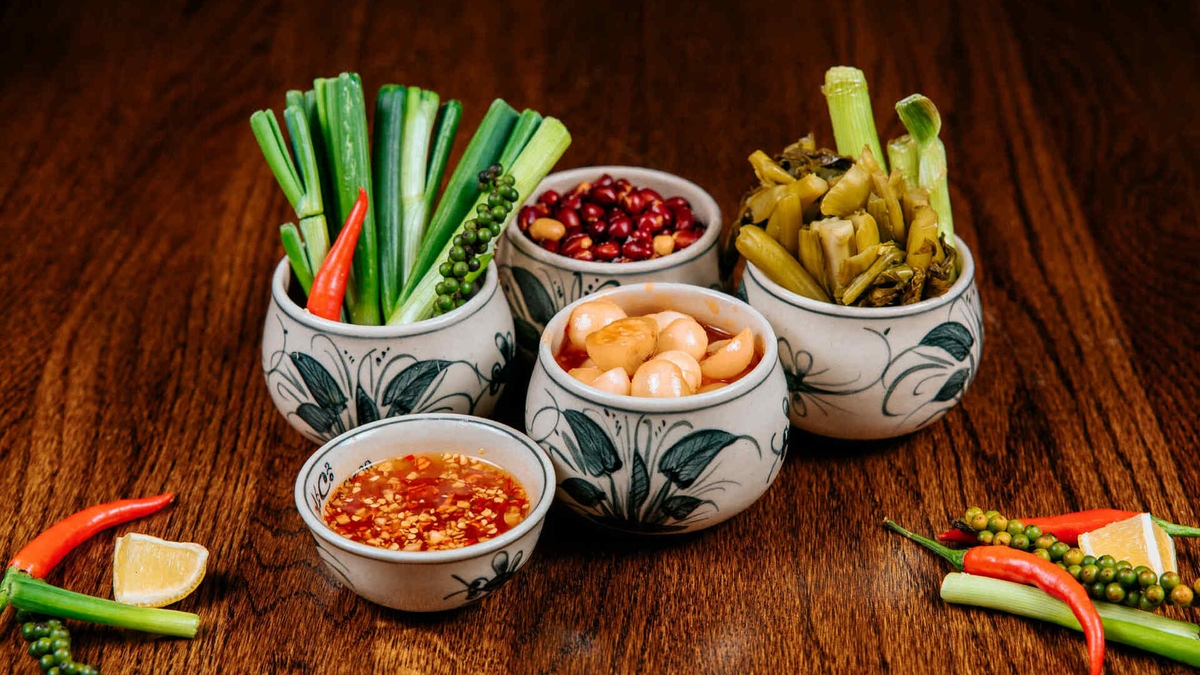




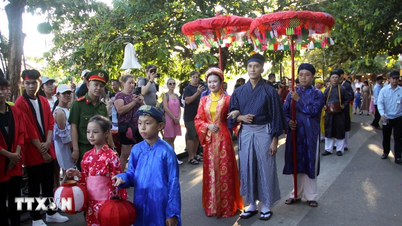



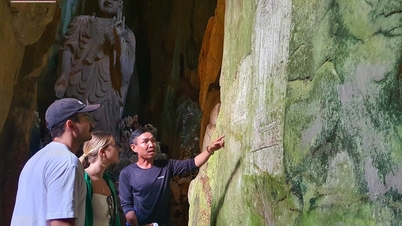
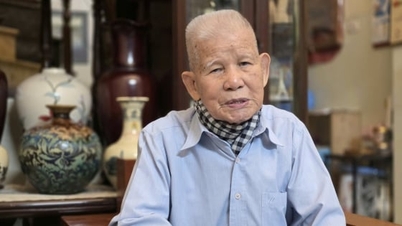







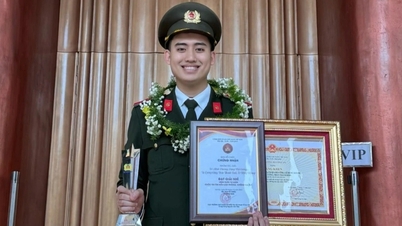









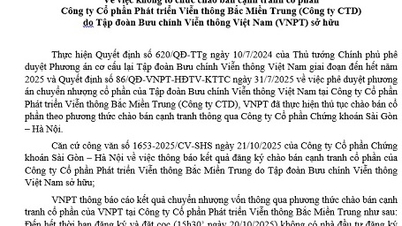







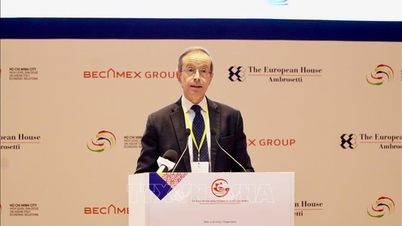

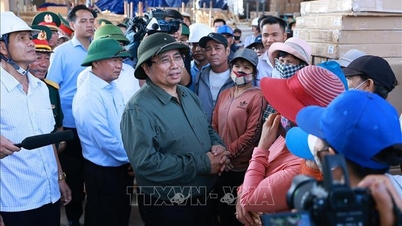






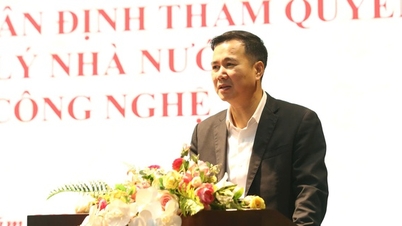

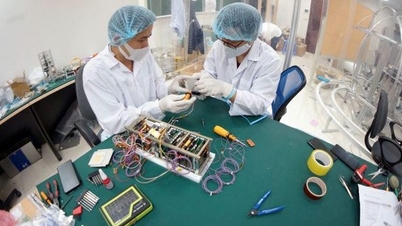



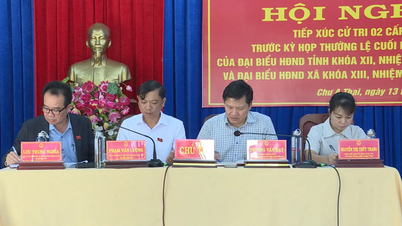

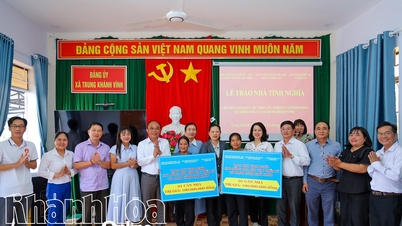



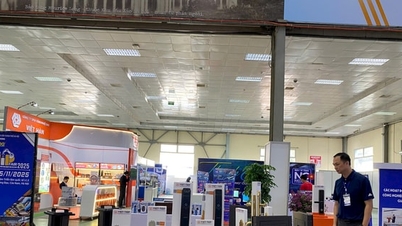
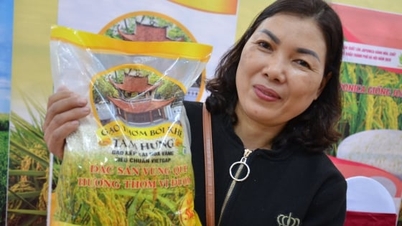

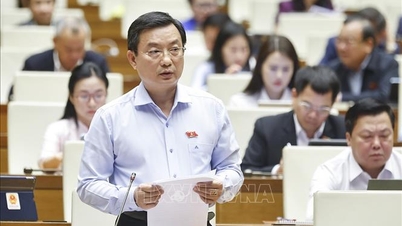
![Dong Nai OCOP transition: [Article 3] Linking tourism with OCOP product consumption](https://vphoto.vietnam.vn/thumb/402x226/vietnam/resource/IMAGE/2025/11/10/1762739199309_1324-2740-7_n-162543_981.jpeg)







Comment (0)